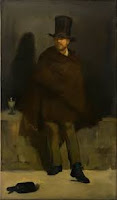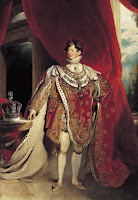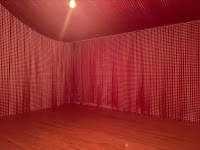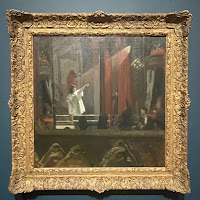Art and Emotion

Intriguing online lecture from Fitzwilliam Museum looking at the still-lives of Vanessa Bell. Rebecca Birrell, Assistant Keeper of Paintings, Drawings and Prints at the Fitzwilliam Museum and formerly of Charleston Farmhouse, compared Bell’s still-lives of flowers to those of the 17th century. She pointed out the latter were mainly about the fragility of life and were moralistic whereas Bell’s are about light, life and happiness. Birrell incorporated Bell’s sister Virginia Woolf’s writing on art to place Bell among the modernist artists and thinkers and to show the feminist position of a female artist who would now hold exhibitions and work as a professional artist. I loved the idea that the pictures of flower arranging could be seen as a portrait of the garden at Charleston and also as a diary. This made me think of the comparison with Virginia Woolf’s dairies where, as well as recording her life, she also seems to be trying out writing styles like a written sketch book.
















